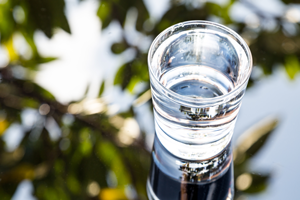Drinking Water Regulations
Overview
EPA sets legal limits on over 90 contaminants in drinking water. The legal limit for a contaminant reflects the level that protects human health and that water systems can achieve using the best available technology. EPA rules also set water-testing schedules and methods that water systems must follow.
The Safe Drinking Water Act (SDWA) gives individual states the opportunity to set and enforce their own drinking water standards if the standards are at a minimum as stringent as EPA's national standards.
Below are the drinking water rule pages grouped by contaminant type.
| Contaminant Type | Regulation |
|---|---|
|
Chemical contaminants |
|
|
Microbial contaminants |
|
|
Right-to-know rules |
Unregulated contaminants
EPA uses the Unregulated Contaminant Monitoring Program to collect data for contaminants suspected to be present in drinking water, but that do not have health-based standards set under the SDWA. Every five years EPA reviews the list of contaminants, largely based on the Contaminant Candidate List.
- EPA's unregulated contaminant monitoring program
- Drinking water contaminant candidate lists and regulatory determinations
